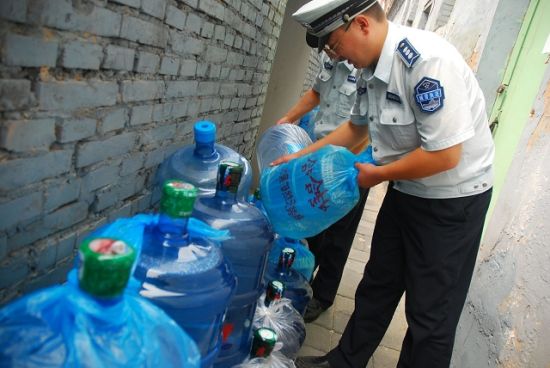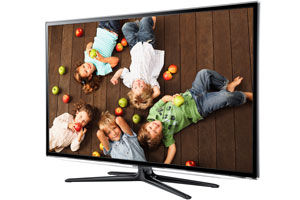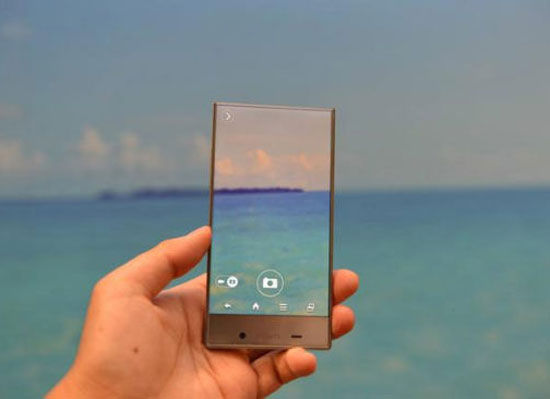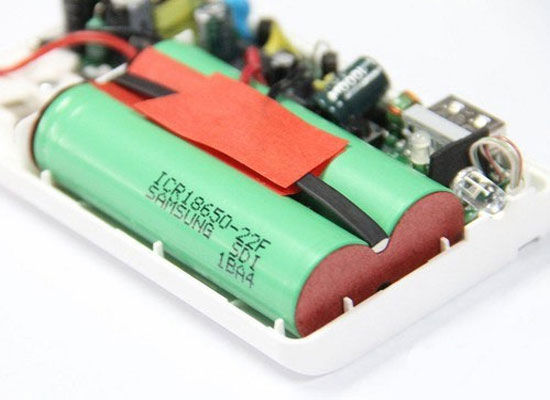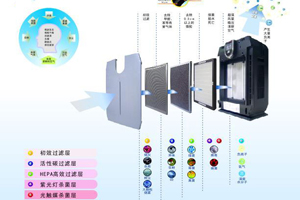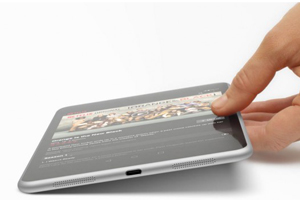What are the types of household water purifiers? What are their characteristics?
-
Household water purifiers can be divided into ultrafiltration type and RO reverse osmosis type according to different filter membranes. -
"RO" means reverse osmosis. RO reverse osmosis membrane can filter particles with a diameter of 0.001 micron or even smaller. The water passing through RO membrane is only H2O, which is pure water. RO reverse osmosis water purifier has the characteristics of high filtration precision, reaching the standard of direct drinking water, good water quality and taste, but it also has the disadvantages of low water output, slow water output, and large waste water volume. The cost of replacing the filter element is also higher than that of ultrafiltration. -
Except RO reverse osmosis water purifiers, most of them are ultrafiltration water purifiers. The ultrafiltration membrane of the ultrafiltration water purifier has a diameter of 0.1 μ m and a pore diameter larger than the RO membrane, which can intercept bacteria, colloid, virus and other impurities in the water. The ultrafiltration water purifier has the advantages of fast water outflow, large water outflow and low wastewater rate. However, due to the low filtration accuracy, it is not recommended to drink directly because it cannot completely filter viruses and some heavy metal ions.


Are the water purifiers on the market really reliable because they are advertised so ostentatiously?

Why do some water purifiers have only one filter element, while others have many?

Is the filtering effect better with more filter elements?

How often should the filter element be replaced?
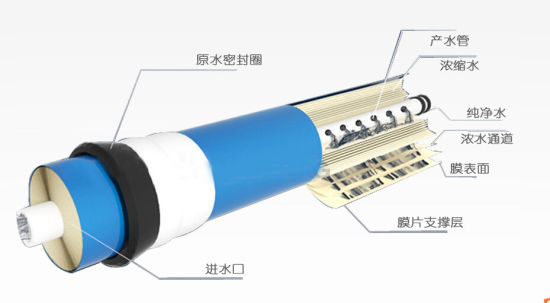
How to judge whether the household filter element needs to be replaced?

Are the standards for selecting water purifiers the same in different regions?

Will the water purifier filter out the minerals in the water?
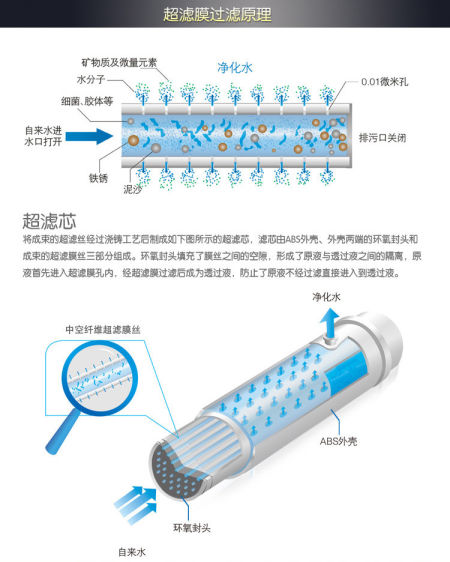
How different can filtered water be from barreled water?
